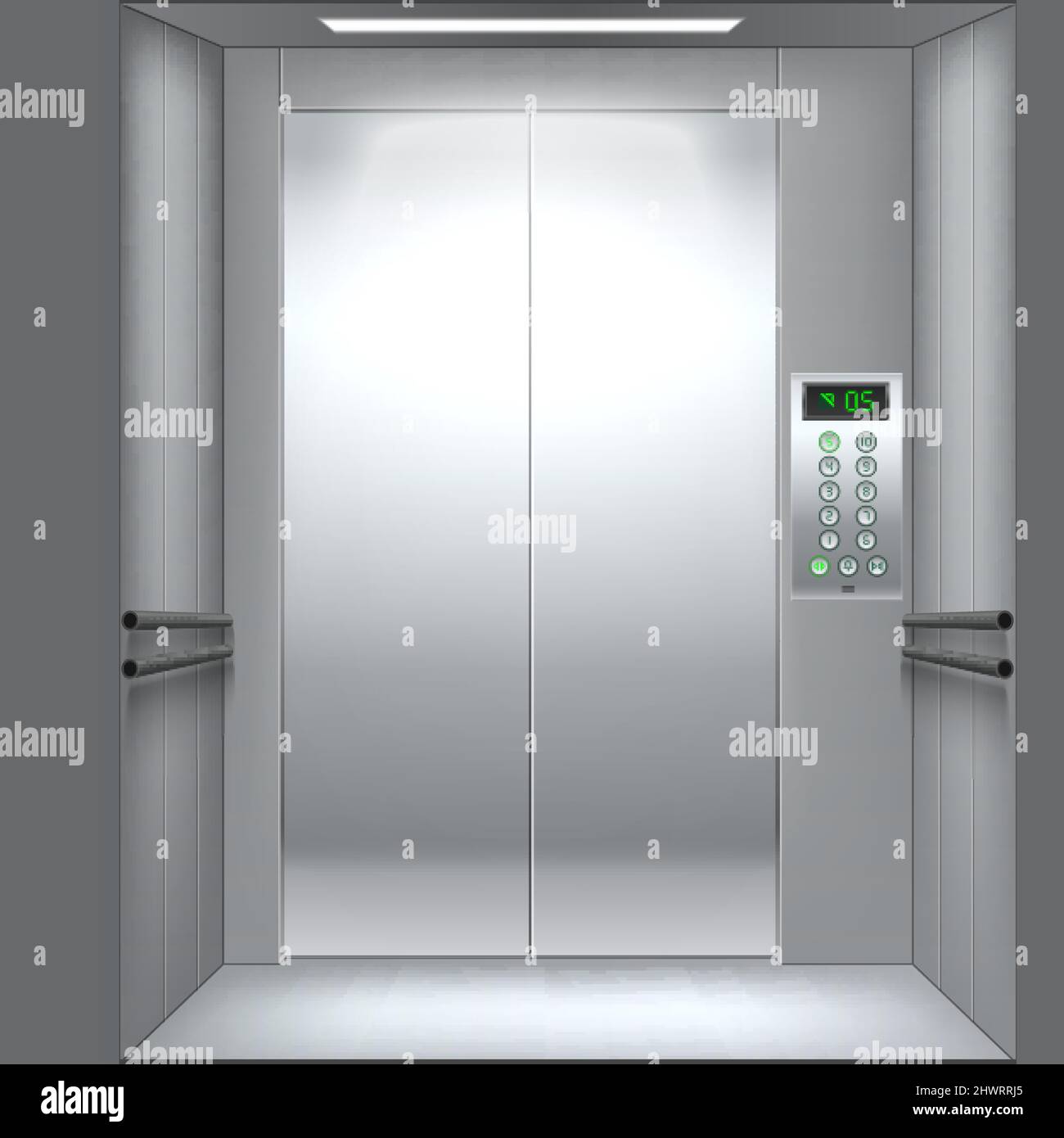London Lift Company: Trusted Professionals for All Your Vertical Transportation Requirements
London Lift Company: Trusted Professionals for All Your Vertical Transportation Requirements
Blog Article
Exploring the Globe of Lifts: Typical Issues Encountered by Different Lift Mechanisms
As we browse with the vertical transportation systems of contemporary buildings, lifts stand apart as an essential part of our day-to-day lives. However, behind their smooth operation exists a globe of intricate devices that can in some cases encounter obstacles. From hydraulic elevators to grip systems and machine-room-less designs, each lift kind comes with its collection of common concerns. Understanding these obstacles is important for guaranteeing the smooth performance of these important systems. Allow's explore the intricacies that underlie the operation of elevators and the possible problems that can arise, losing light on the intricate internet of lift systems.
Hydraulic Elevators
Hydraulic lifts, often liked for low-rise structures, utilize fluid pressure to manage the activity of the elevator automobile (lift repair companies). This mechanism entails a hydraulic pump pressing oil into a cylinder, triggering the lift to relocate in the desired direction. While hydraulic elevators are understood for their smooth and silent operation, they do come with their own collection of usual concerns
One common issue with hydraulic elevators is oil leak. Additionally, issues with the control system, such as faulty shutoffs or a malfunctioning pump, can create disturbances in the lift's motion.
Routine maintenance and prompt repairs are important to guarantee the smooth functioning of hydraulic lifts. By resolving these usual problems proactively, building owners can decrease downtime and make certain the safety and security and effectiveness of their vertical transportation system.
Grip Lifts
When thinking about vertical transport systems in buildings, another usual kind besides hydraulic elevators is the grip elevator. Traction lifts operate using a system of ropes and weights that move the lift auto by grasping onto the hoist ropes. This mechanism enables smoother and quicker vertical transport compared to hydraulic systems.
Among the typical issues encountered by traction lifts is rope wear. The continuous movement of the ropes within the grip system can result in tear and use in time, possibly triggering the lift to malfunction or come to be dangerous for usage. Regular examinations and upkeep of the ropes are necessary to guarantee the elevator's correct performance and safety.
One more issue that traction lifts may run into is connected to the control system. Troubles with the control system can lead to concerns such as unpredictable activity, delays in action times, and even total closures. Regular testing and upkeep of the control system are essential to protect against such issues and make sure the lift's reliability.
Machine-Room-Less (MRL) Lifts

Among the crucial elements of MRL elevators is the portable gearless traction machine that is mounted within the hoistway. This device efficiently drives the lift automobile without the need for cumbersome devices found in typical traction lifts. Furthermore, MRL elevators commonly utilize a counterweight system to stabilize the vehicle, more improving their power effectiveness.
Regardless of their advantages, MRL lifts might face obstacles connected to maintenance and fixing due to the restricted room for equipment setup. Availability for servicing components within the shaft can be limited, needing specialized training for professionals. Proper maintenance routines and normal inspections are important to make certain the ongoing smooth operation of MRL elevators.
Overloading and Weight Limitation Issues
Overwhelming and weight restriction concerns are crucial issues in elevator procedures. Lift manufacturers design lifts with particular weight capabilities to make sure traveler security and equipment longevity.
When lifts are strained, it places extreme strain on the electric motor, wires, and various other elements, potentially causing breakdowns or malfunctions. If they lift repair near me discover excess weight, safety devices such as sensing units and overload sensors are in area to stop elevators from relocating. Furthermore, exceeding weight restrictions can result in increased power consumption and damage on the elevator system.
To mitigate straining issues, constructing managers should plainly display weight limitations in elevators and inform occupants on the relevance of adhering to these constraints - lift repair companies. Regular upkeep checks by qualified professionals can also aid guarantee that lifts are operating within risk-free weight criteria. By dealing with overloading and weight restriction issues proactively, structure proprietors can improve lift safety and effectiveness
Electric System Failures
Surpassing weight limitations in lifts can not just lead to mechanical problems however likewise potentially add to electric system failings within the lift framework. Electrical system failings are a crucial issue in elevator operation, as they can trigger unexpected shutdowns, malfunctions, or also safety and security threats.
In addition, power rises or variations in the electric supply can likewise disrupt the elevator's procedure, influencing its efficiency and security. These electrical disruptions can harm sensitive elevator components such as control board, motherboard, or sensors, resulting in system failures. Normal upkeep and evaluations are essential to identify and resolve possible electrical issues without delay, making sure the reliable and risk-free operation of elevator systems. By sticking to weight limitations and conducting regular electrical system checks, structure proprietors can reduce the threat of electrical failures in lifts.
Verdict

Hydraulic lifts, frequently preferred for low-rise structures, lift companies in London utilize fluid stress to manage the activity of the lift vehicle.When taking into consideration vertical transportation systems in structures, another typical type apart from hydraulic elevators is the grip elevator. Grip elevators operate making use of a system of ropes and weights that relocate the elevator vehicle by grasping onto the hoist ropes. Unlike typical lifts that require a different device area to house the equipment, MRL lifts integrate many of the parts within the shaft, getting rid of the demand for a devoted equipment space.In verdict, elevators deal with usual issues such as hydraulic breakdowns, grip system failures, and electric system troubles.
Report this page